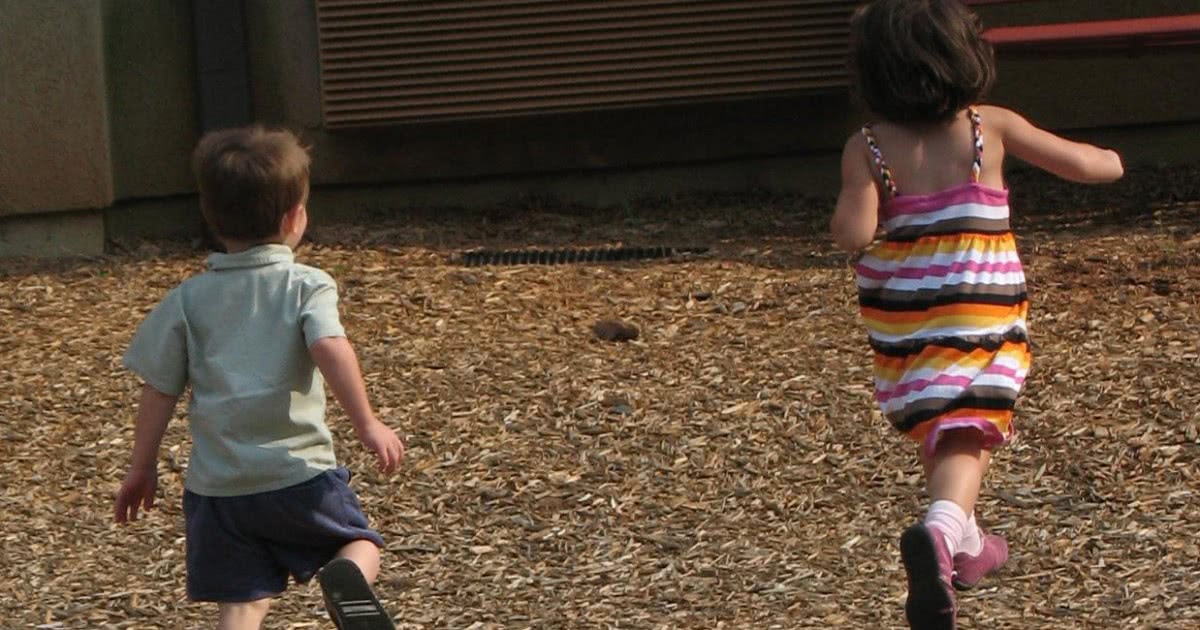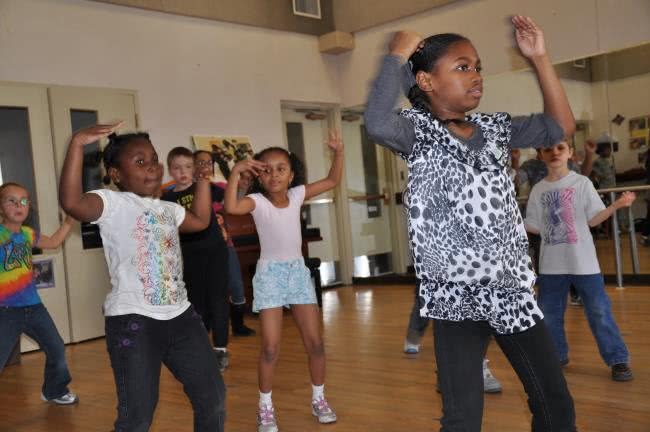
Many parents decide that their kids need exercise and usually assume that this means physically demanding activities like running or scooting about on of the best kick scooters like in our reviews.
But you do not need to spend hours in the gym to be active, indeed some children cannot be active in a controlled environment due to a disability or poor concentration.
For those who cannot keep fit themselves, then exercise therapy can provde a practical solution.
Some kids need special physical therapies to help improve conditions like ADHD and keep fit overall.
Fortunately, there are ways to help children can get in shape
with a range of exercise therapies that are designed to strengthen the mind as well as the body.
For those able kids, regular daily activities at home like playing outdoors, throwing a softball, swimming, climbing stairs, walking to the store or carry bags all improve their health and fitness levels.

The earlier a child starts to get in shape, the more it will reduce the risk of many diseases they may suffer as an adult.
Some of the well-known benefits that physical activity can offer your child are:
- Strengthens the heart. The heart is a muscle. Like other muscles it improves performance when provided with regular exercise. The heart responds to exercise and becomes stronger and more efficient. Strengthening the heart muscle can help prevent heart disease – a leading cause of death in adults.
- It helps clear the arteries and veins and reduces the amount of harmful cholesterol and fats in the blood. This increases the flexibility of the walls of blood vessels and helps to lower blood pressure. This can significantly reduce the risk of heart attack and stroke as an adult.
- Exercise strengthens the lungs. It can increase lung capacity and efficiency of air movement in and out of the body. Accordingly, more oxygen is absorbed by the body with carbon dioxide and other waste gasses discharged more efficiently. Regular exercise helps to increase the oxygen supply, which is extremely beneficial to the brain.
- Exercise prevents the accumulation of sugar in the blood, causing the muscles to make more glucose from the blood and use it for energy. This can reduce the risk of a child developing diabetes.
- Weight control. If a child is sedentary, exercise tends to burn the calories that are not required. A lighter body weight is good for the heart when they become adults, and again can be helpful in children with diabetes.
- Exercise strengthens bones. Just as muscles become stronger when stressed, bones respond well and become stronger. Exercise prevents osteoporosis, a disease in which bones lose density and help loosen porous and brittle.
- Exercise as a child can help reduce the chances of cancer in adulthood. The cancers most commonly prevented by exercise include colon, prostate, uterus and breast cancer.
Exercise therapy
Exercise therapy is a type of health care focusing on prevention and rehabilitation of children with injuries at optimal levels of functional recovery and a certain form of professional exercise.

Exercise therapy treatment should meet the needs of each injury or special case. In some cases, a combination of procedures is necessary for a full recovery.
Types of exercise therapy
Massage Therapy
Many exercise doctors can offer exercise therapy to help heal the pain of training soft tissue injuries, and promote blood circulation to the muscles. In the range of exercise, there are many different approaches, including:
- Effleurage - a term used to describe a series of light exercise strokes to warm muscles before entering work.
- Kneading - Strengthening technique kneads the soft tissue at the sites of work, improve blood circulation and relax muscles.
- Pressing - This method is rhythmic movement generally towards the hand or fingers. This action is used to "wake up" the nerves and promote lymphatic drainage.
- Neuromuscular techniques - help treat pain, the method involves applying concentrated pressure in the muscles to break the cycle of spasm and pain.
- Relaxation function - it is a special method that requires the therapist to find a joint proposal / tendon / ligament in the body, and then the positioning of a certain way of "liberation" stress and pain.
Deep tissue exercise
Rolfing is an exercise technique that focuses on the deeper layers of muscle tissue. It is used to facilitate the set up of slow movements and deep straight across the muscle fibers chronic muscle tension, in contrast to the applied pressure with a grain of muscles.
Thai exercise
Thai exercise includes yoga, acupressure and reflexology. It uses a variety of stretching movements and pressure points.
Warm-up exercise
It helps avoid injuries and prepares the body and mind with the restrictions and the efforts of the upcoming event. Exercise warming up before the race, grease compound, increase blood circulation, increases oxygen consumption.
Warm-down exercise
This helps to restore the body and mind to a pleasant relaxed state. This type of warm-down exercise after the exertion will relax muscle tissue and muscle fibers to get rid of toxins and lactic acid from the muscles. This helps to prevent excessive injury and pain the next day.
Mobilization
Mobilization is a manual therapy that is intended to restore joint mobility and range of motion in the case of failure of the joint.
Exercise therapist gently moves the joint passively within the normal range of motion. This type of movement must be very precise and delicate, so it must be performed by a qualified technician.
If physical injury is not treated, it can lead to muscle spasms, pain and fatigue
Also known as the mobilization of soft tissue, it is used to release the tension build in the muscle fascia and connective tissue surrounding the muscle leaves.
These techniques are trying to break adhesions and relax muscle tension. This helps reduce pain and restore normal range of motion.
Electrotherapy
Some exercise physicians use Electrotherapy for treatment. This includes a number of applications, including laser treatment. A TENS (electrostimulation) machine sends small electric charges to the muscles through a small patch worn on the skin.
Treatment With Heat and Cold Compresses
Hot and cold treatments are generally used for trauma to help promote blood circulation and healing. Cold treatments (also known as cryotherapy) include the use of the cold compress on the wound to reduce inflammation and reduce swelling. Thermal treatments are generally used, after a phase of acute injury increased relax muscles and promote healing.
R.I.C.E.
R.I.C.E. It stands for rest, ice, compression, elevation. All of these can be integrated in daily exercise procedures.
Immediately rest the injured part of the body. If you feel pain when you move it's your body sending a signal from the of the injured area to the brain reduce mobility.
Apply ice on the injured area. Place a towel between the ice and skin to protect your skin from frostbite.
Compress the injured area with a bandage or wrap the ice in the area to reduce swelling.
If you experience pain or tingling, loosen the pressure.
Raise and support the injured area that is above the level of the heart.

I hope that this article has given you some ideas and information on the type of exercise therapies available.
As mentioned, not only can these therapies be beneficial for children with regular injuries, but also disabled kids with special needs like ADHD can be helped with massage and other therapies as well as regular exercise.
Please feel free to leave a comment below and of course, read our reviews of the best kids ride-on toys!
